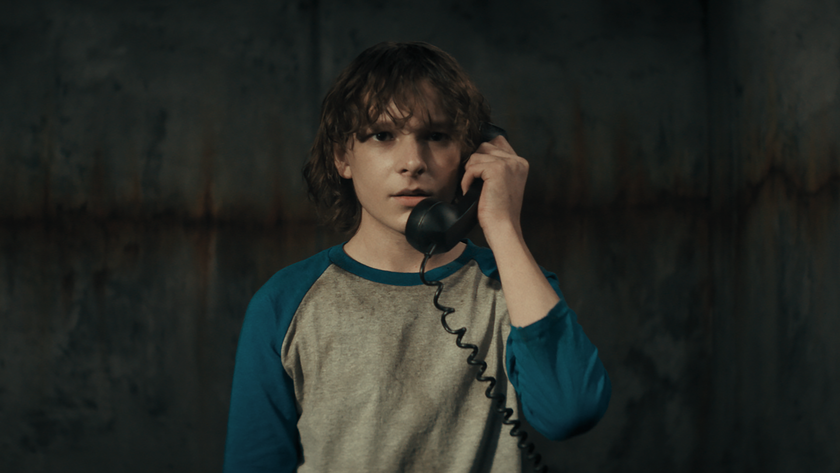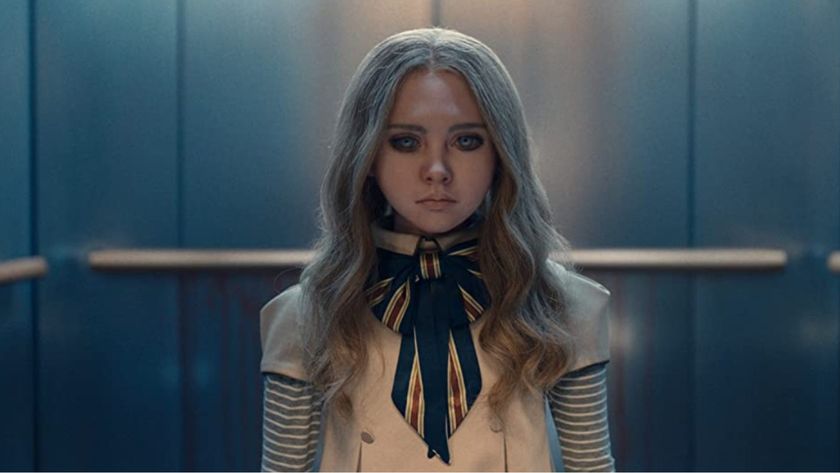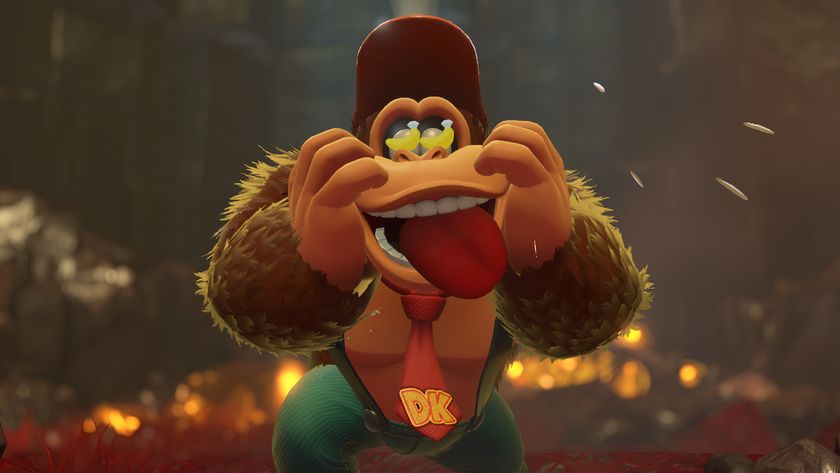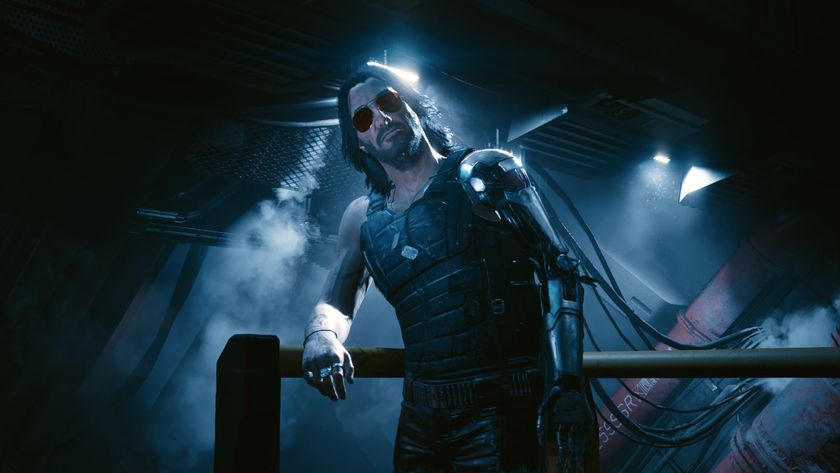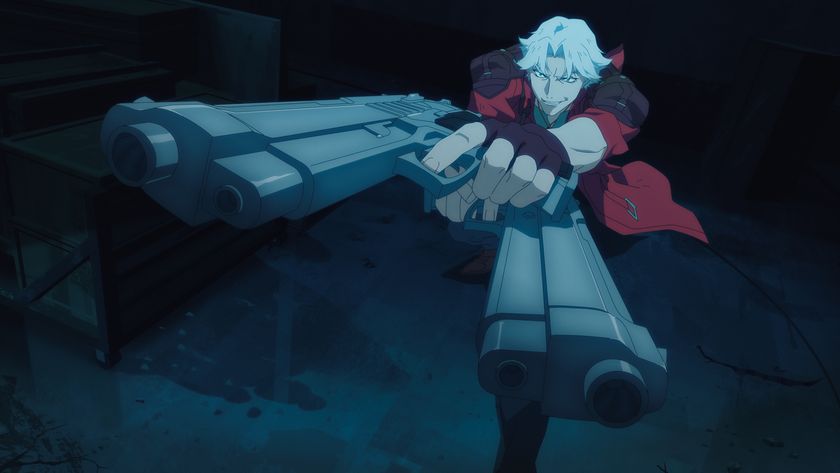6 Unforgettable Opening Credits Sequences
Watchmen has great titles. Here are others…
With Watchmen now in cinemas, everyone can enjoy the superb opening titles envisioned and created by director Zack Snyder.
The opening credits are often overlooked as simply a way to introduce the movie, but if you get the right team and have the right idea, they end up as shining little pieces of art all in their own right.
There are far too many great ones to simply list here, so we thought we’d pick some of our favourites from across the years.
From the stylish to the simple, story-telling to mood-setting, these title sequences grabbed our attention and stayed in our noggins…
The Man With The Golden Arm (1955)
Why is it cool? It’s Saul Bass… Do we need to say more? Okay, so Bass’ choice to focus on the arm – both in terms of Frank Sinatra’s character’s main talent and his battle with heroin addiction - was a masterstroke of simplicity.
Trivia Time: With this sequence, Bass managed to drag cinematic titles into a proper art form.
Sign up for the Total Film Newsletter
Bringing all the latest movie news, features, and reviews to your inbox
Previously, most titles had been so dull that projectionists would leave the curtains shut until the film actually began. But Arm arrived with a note on cans: “Projectionists – pull curtain before titles”. Director Otto Preminger was one of the first directors to realise the credits could be an integral part of the film and not just a boring list.[page-break]
To Kill A Mockingbird (1962)
Why is it cool: It takes us perfectly into the world of one of the film’s central characters – Scout, and reflects her innocence. It also features the work of Elmer Bernstein. The titles might be vastly different from the film itself, but there is definite power.
Trivia Time: “The goal was to find a way to get into the head of a child,” is how creator Stephen O Frankfurt describes his aim with the sequence. Frankfurt was an advertising designer and executive who also worked on posters, credits and trailers for the likes of Alien and Emmanuelle.
It inspired Cameron Crowe when he came to make Almost Famous – the opening sequence to that film is a direct homage. [page-break]
Goldfinger (1964)
Why is it cool? While the Bond opening sequences had started to gel into their iconic form with From Russia With Love, it was Goldfinger where everything finally clicked – Shirley Bassey’s throaty vocals and all.
Trivia Time: While Maurice Binder created most of the other classic Bond sequences, he skipped two films, From Russia With Love and this one. Graphic designer Robert Brownjohn stepped in, and established the template of projecting images from the film onto the semi-nude bodies of lovely young ladies.
He got the idea from work created by one of his former teachers, designer Laszlo Moholy-Nagy, who projected light on to clouds.[page-break]
Dr Strangelove (1964)
Why it’s cool: Aeroplane sex. Kidding! But the weird contrast of Try A Little Tenderness and stock footage that glorifies in-air coupling with a film that has a offbeat attitude to sex (post-apocalyptic orgies?) just works.
Trivia Time: Pablo Ferro was the man behind the vision for the titles, and even dissuaded Kubrick from the director’s original plan of using models to shoot the opening footage. The plane imagery was stock footage (which also appears in, of all films, Santa Claus Conquers The Martians).
Ferro also convinced Kubrick to fill the screen with the text, which mandated different sizes and weights for the fonts, which was usually a no-no given that actors’ contracts often specify equal sizes or whoever gets the heftier credit. Still, Kubrick went ahead anyway.[page-break]
Panic Room (2002)
Why is it cool? Doom, gloom and foreboding… All shot on a clear day in New York City. The imposing buildings add menace and let you know you're in for a David Fincher film in an odd, subliminal way.
Trivia Time: Seemingly inspired by Saul Bass’ credits for North by Northwest, David Fincher had a specific plan for what he wanted the credits to say. “Fincher's main concern was to add some scope to the film,” says William Lebeda of The Picture Mill, which worked on the sequence. “It starts outside in the middle of the day but the bulk of movie takes place in the middle of the night over a short time inside the house.
“He really wanted to have a sense that it's in New York. It ends outside as well so he really wanted to bookend the film outside."[page-break]
Watchmen (2009)
Why is it cool? It sets the scene for Zack Snyder’s adaptation of the graphic novel in fine style, condensing whole swathes of the book’s complex plot into a few minutes.
Trivia Time: “From the very beginning I wanted to do a cool title sequence for the movie and it was actually the thing that got me started drawing Watchmen because they were trying to figure out how much this movie was going to cost. I said it’s really impossible to say until I start drawing the movie and a get a sense of what the movie is,” Snyder told Fandango.
“It was funny because I had the music—I was pretty positive that it was going to be Bob Dylan’s ‘The Times They Are A-Changin’.’ Then it started to take shape for me as we really find out where we are in the world, and that’s how that sequence came about, tracing the alternate history.”
The Total Film team are made up of the finest minds in all of film journalism. They are: Editor Jane Crowther, Deputy Editor Matt Maytum, Reviews Ed Matthew Leyland, News Editor Jordan Farley, and Online Editor Emily Murray. Expect exclusive news, reviews, features, and more from the team behind the smarter movie magazine.
